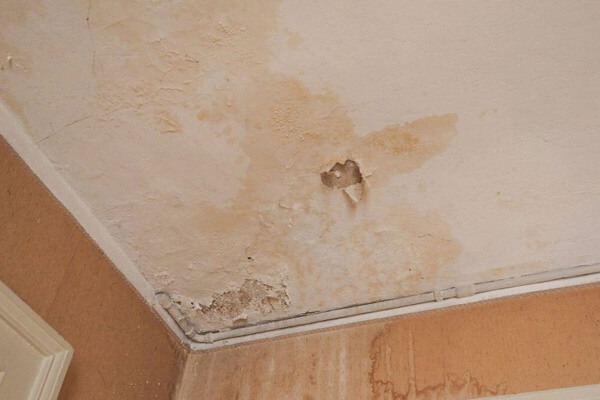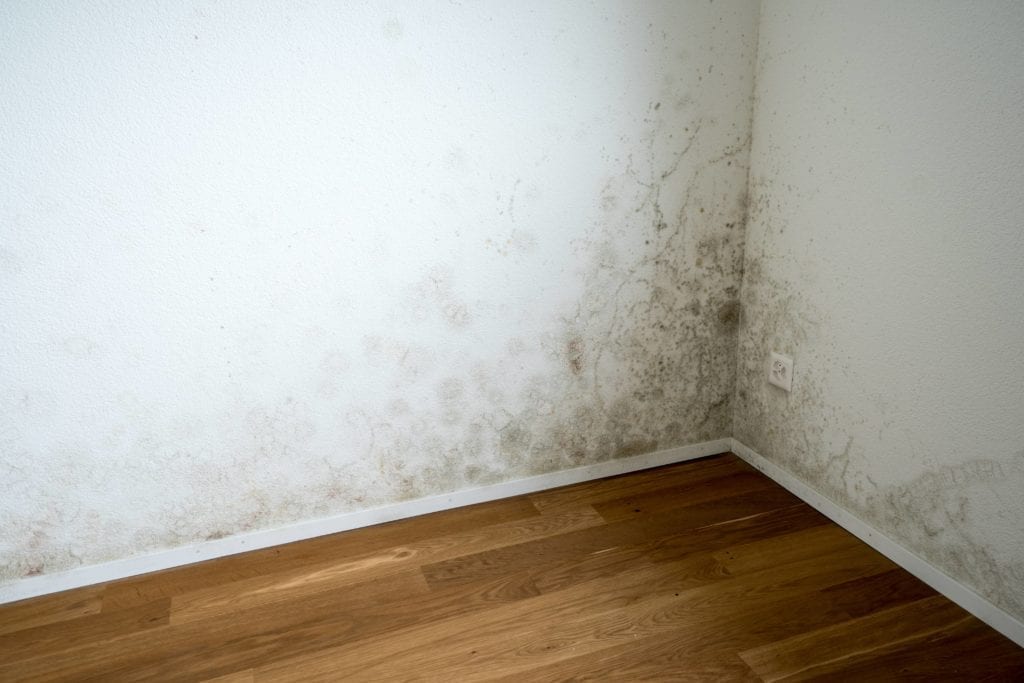Don't Let Wall Stains Linger - Best Practices For Checks And Repairs
Don't Let Wall Stains Linger - Best Practices For Checks And Repairs
Blog Article
Presented here below you can locate more brilliant expertise involving Water Stains on Walls.

Water discolorations on walls are not pleasurable to the eyes. Your home must be without spots on the wall surfaces, roofing, or floorings. That is the optimal state of a home as well as its frameworks. Yet, in some cases it appears practically unpreventable to experience water stains on walls in houses.
Homeowners residing in moist regions continuously manage the fear of water spots on wall surfaces. That doesn't have to be the situation for you. With well-shaped and accurate info on the root causes of water discolorations and timely repair service procedures, you will always be a step ahead of such incidents. So, this write-up promises to be an useful overview for you.
3 Usual Sources Of Water Discolorations on Wall Surfaces
Unlike common belief, water discolorations on wall surfaces do not constantly originate from inadequate structure products. There are a number of root causes of water spots on wall surfaces. These consist of:
Moist
When hot damp air consults with dry cold air, it causes water beads to base on the wall surfaces of structures. This happens in bathroom and kitchens when there is steam from cooking or showers. The water beads can discolor the bordering walls in these parts of your house and spread to various other locations.
Moist or condensation affects the roof and also wall surfaces of buildings. This causes them to show up darker than various other areas of the home. When the wall is wet, it develops an appropriate atmosphere for the growth of fungi and also microorganisms. These may have adverse results on health and wellness, such as allergies and respiratory system conditions.
Poor Water drainage
This will avoid water from permeating into the wall surfaces. This links to too much dampness that you see on the wall surfaces of your building.
The leading cause of damp walls, in this instance, can be a poor water drainage system. It can also be because of poor administration of sewer pipes that go through the building.
Pipe Leaks
A lot of residences have a network of water pipes within the wall surfaces. It constantly enhances the viability of such pipelines, as there is little oxygen within the walls.
Yet, a drawback to this is that water leak impacts the wall surfaces of the structure as well as creates widespread damages. A telltale sign of faulty pipes is the look of a water tarnish on the wall surface.
Pro Tip
A houseplant in your home also enhances its moisture. So, if the house is already moist, you might want to present houseplants with marginal transpiration. An example of ideal houseplants is succulents.
Water Discolorations on Wall: Repair Work Tips
When dealing with water stains, homeowners would typically desire a fast fix. They would soon recognize this is disadvantageous as the water discolorations recur. Right here are a few practical pointers that will certainly lead you in the repair of water stains on walls:
Verdict
No one wants to have water discolorations on wall surfaces in their house, it can happen to the ideal of us. This post gives you utilize, as you currently know just how to manage this accident if it does happen.
It is always best to recruit specialist solutions to assist fix the problems in your house.
In some cases it seems virtually unpreventable to experience water spots on wall surfaces in houses.
Contrary to preferred idea, water spots on walls do not constantly stem from bad building products. There are a number of causes of water discolorations on walls. The water beads can stain the bordering walls in these parts of your residence as well as spread to other locations.
Here are a couple of practical suggestions that will certainly assist you in the repair work of water discolorations on walls:
CHECKING FOR WATER DAMAGE
Water damage can be costly, and it may begin before you even notice the first signs of trouble. Water damage can cause mold and mildew in your walls and floors, which can create an abundance of health concerns for your family. It can also lead to costly repairs of various appliances and general home fixtures. To avoid the pricey consequences of water damage, here are Warner Service’s top 5 places you should check:
The walls – The easiest place to spot the beginnings of water damage is on the walls and ceilings of your home. If water damage is present, there will most likely be water stains, especially around the windows and doorframes, and/or cracks in the drywall. If a stain looks unusual (discolored to brown, black or gray, raised texture), has a swollen appearance or is soft to the touch, contact a professional immediately. The pipes – To avoid water damage, consistently check the pipes in your kitchen (especially the dishwasher and ice maker), bathrooms, laundry room (specifically washing machines) and basement for corrosion, leaks and water stains. Pay special attention to where the pipes connect in your home and the location of caulking around the bathroom fixtures, including toilets, sinks, showers and tubs. Missing or loose caulking and grout could be signs of leaking water. This seepage can also quickly cause mold and rust, so double check your water heater and tank for wet spots on the floor. The floor – Water damage is very easy to spot on the floor. Look for any warping or buckling of the material, especially in the basement. If your home has wood flooring, look for bright white or dark stains. If your home has carpeting, keep it dry and clean. A damp carpet that smells of mold could cause water damage and health problems. To avoid this, consider installing floor pans under your appliances to help prevent damages from small, slow and undetected leaks. The basement and attic – If your basement or attic smells odd check for mold and mildew around the area, especially the valley where the roof meets. While you are inspecting those areas, check for wall cracks, floor stains, rust and dampness in the insulation. If you live in a colder and/or rainier climate, perform routine checks for water damage from melting snow or ice and rain. The exterior – Check the roof for damaged flashing and missing, cracked or curled shingles. There should also be no standing water anywhere outside your home. This could be caused by puddles, leaky rain gutters or hoses, poor drainage, or short gutter spouts. Invest in a sump pump system or water flow monitoring system, and perform routine maintenance on these outdoor appliances to avoid indoor water damage.

I was shown that editorial about How to Find and Repair Water Leaking in the Wall from an acquaintance on another blog. Remember to take the time to promote this entry if you enjoyed reading it. Thanks so much for going through it.
Schedule And Pricing
Report this page